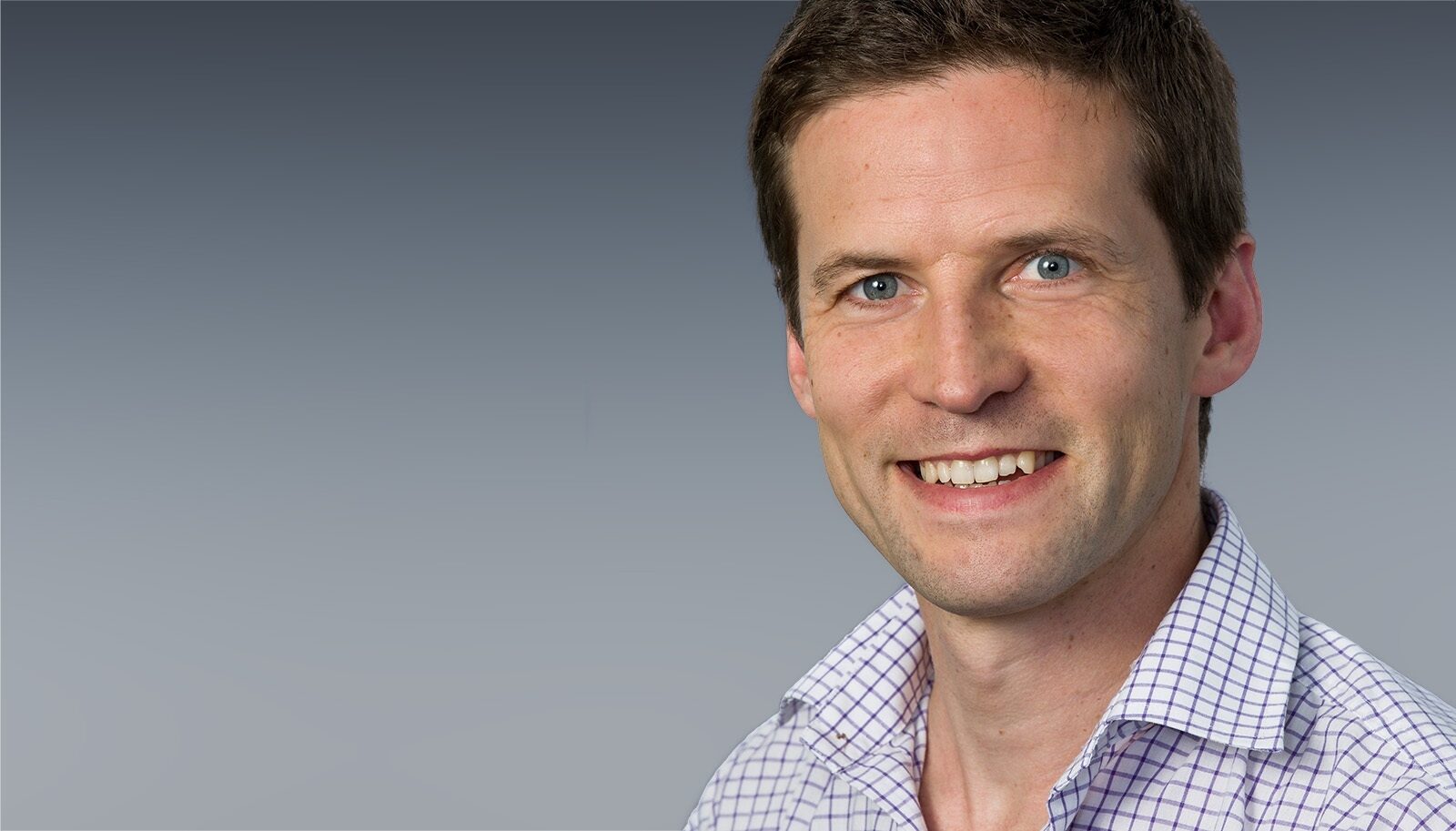

Demand for voluntary carbon offsets is booming and projected to
grow 15-fold by 2030, but at the same time the market faces a new
challenge.
Every country has their own reduction target under the Paris Agreement, so how can voluntary offset projects reduce emissions below what would happen anyway with these targets now in place?
In order to clarify and help resolve this issue Dr Matthew Brander,
Senior Lecturer in Carbon Accounting at the University of Edinburgh
formed a collaborative partnership with experts at the Stockholm
Environment Institute and Gold Standard.
As a specialist in the
development of methods for greenhouse gas (GHG) or carbon accounting, Dr
Brander brought his significant experience to this collaboration. His
research spans all forms of GHG accounting and he has contributed to the
development of international standards through the global umbrella body
ISO (International Organization for Standardization) and the GHG
Protocol.

Dr Matthew Brander, Senior Lecturer in Carbon Accounting at the University of Edinburgh
Credits in Context
The idea of carbon offsets – when you pay for projects that reduce emissions (or increase removals) elsewhere to compensate for your own emissions - is a relatively familiar one. Demand for offset credits is now soaring as growing numbers of companies are setting ‘net zero’ targets.
With almost all nations having to manage emission reduction targets under the Paris Agreement, there are growing concerns that offset projects might simply replace alternative government action on climate change, and not achieve lower emissions than would have otherwise occurred under Paris Agreement reduction targets.
A solution to this problem, but not always a popular one, is for the country where an offset project is located to adjust its target/GHG accounts so that it does not also claim a reduction. This is known as a 'corresponding adjustment'. There is, however, a fractious debate within the voluntary carbon market on whether corresponding adjustments are needed at all.
Analysing the Arguments
Dr Brander, working in close collaboration with Derik Broekhoff, Senior Scientist at the Stockholm Environment Institute, and Owen Hewlett, Chief Technical Officer at Gold Standard, set out to clarify the nature of the offset problem and analyse the arguments against corresponding adjustments.
The team reviewed blogs, position papers, and consultation responses collating the arguments made by commentators and stakeholders within the voluntary carbon market which they carefully analysed and critiqued. The group found that none of the arguments against using corresponding adjustments addressed the fundamental requirement that offsets must achieve a lower overall level of emissions than those that would have been secured under the Paris Agreement targets.
Following the conclusion that corresponding adjustments were necessary when carbon credits are used to make offsetting claims, the team also propose that the next step is to develop the administrative capacity within countries to implement corresponding adjustments. This in-country capacity includes managing the types of projects that are approved, so that host countries are not simply losing their cheapest abatement options to the voluntary offset market.
An alternative solution is for the voluntary carbon market to move away from offsets. Rather than purchasing certificates from carbon-reducing projects to claim a balancing of their own emissions, buyers could instead simply support a country in meeting its emissions reduction target, eliminating the need for a corresponding adjustment.
Building Understanding
The ‘rulebook’ for the Paris Agreement creates the ability for governments to make corresponding adjustments for the voluntary offsets, but it is up to voluntary market certification standards and the buyers of voluntary offsets to demand these are made. It is also up to governments to agree to implement them. However, it may take time for the market to mature and for stakeholders to understand the necessity of corresponding adjustments.
Our collaboration with the Stockholm Environment Institute and Gold Standard focused on finding workable solutions around the contentious issue of corresponding adjustments.
While we see corresponding adjustments as necessary for the integrity of offsetting claims, we have also proposed a viable alternative that could also be implemented to address the challenge facing the voluntary market.
We are now evolving towards two voluntary carbon markets: one for supporting net-zero targets, which means offsets and corresponding adjustments, and another for supporting countries to meet their own targets.
– Dr Matthew Brander, The University of Edinburgh.